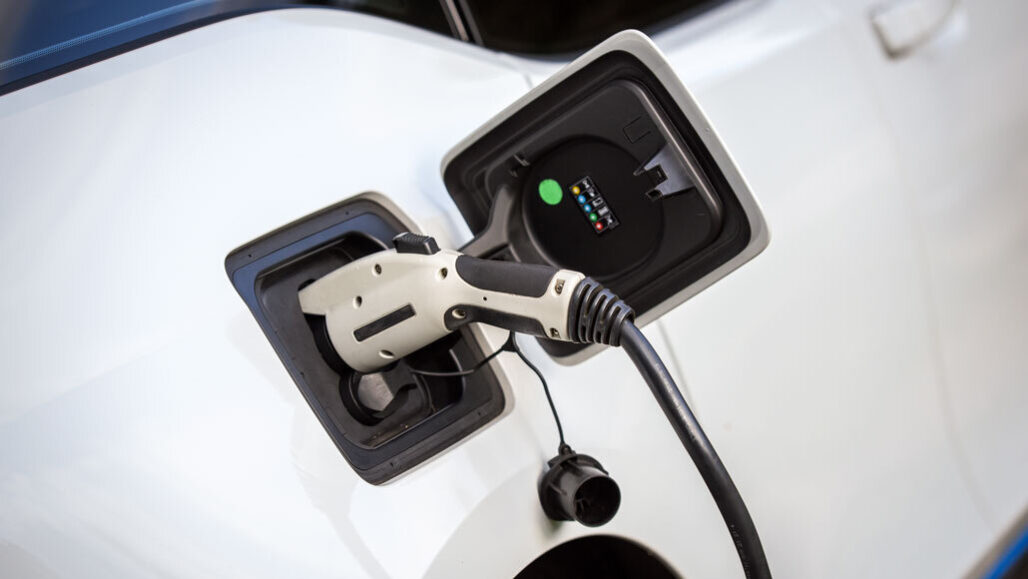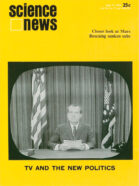50 years ago, scientists were trying to develop a low-emission car
Excerpt from the September 12, 1970 issue of Science News

Technological advances over the last few decades have helped make electric cars a more popular choice, such as this hybrid charging at a station in Paris.
Toshe_O/iStock / Getty Images Plus








